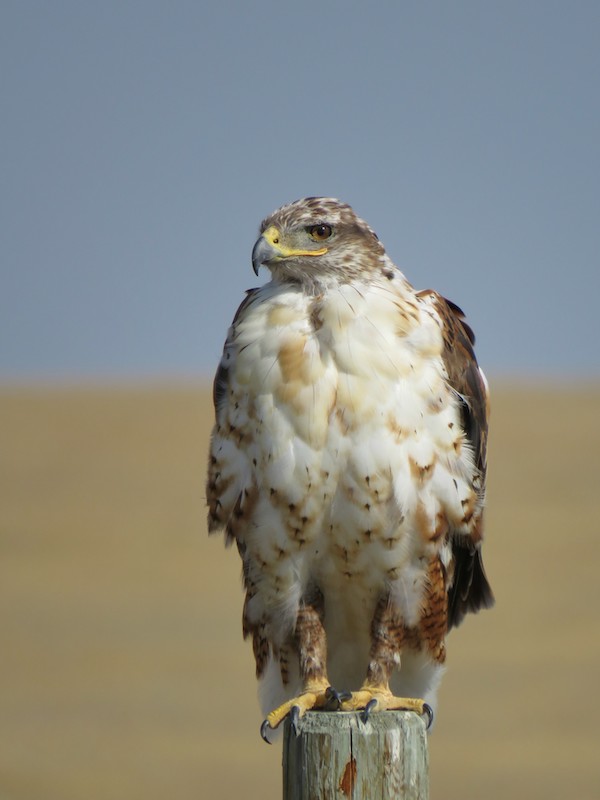
BY HARRY WEEKES
In early February, I traveled to Great Falls, Montana, for a hockey tournament. There were six teams in our division and 12 overall, with the majority of these teams coming down from Canada. Each of these Canadian teams was from Alberta, “Wild Rose Country,” according to the license plates.
It doesn’t matter where you go, the signature of place is evident. There are times when this signature is like John Hancock’s on the Declaration of Independence—big, bold, and impossible to miss. The best example of this is walking through any airport and looking at the passengers waiting for planes at gates departing for Seattle, or Austin, or Honolulu.
There are times when the signatures are subtler, like trying to figure out which ski town someone is from, or which side of the Canadian border. While I could go on about the hockey presence of parents from Alberta, or how everyone’s glasses were just a little different, or that each team traveled in a bus rather than packs of different cars, this piece is about birds. Or a bird.
You see, you can cruise up and down the highway, and you will start to learn the signatures of birds along the way. The obvious ones come in obvious ways—size, color, shape: the unmistakable head and tail of the bald eagle cruising near Picabo; the pairs of ravens croaking along the road as you turn up I-15 and head to Dubois; the 5,000 Canada geese sprinkled across the fields outside of Helena.
Then, there are those subtler birds. Some are too small to appreciate as they explode in little flocks off the road (why does “snow bunting” spring to mind?): the lone kestrel pumping its tail on a power line. And what about those big hawks sitting on top of fenceposts right next to the road? The ones who look shaggy, less because of the array of their feathers than because the colors always seem to be some kind of wild mixture of white, russet, and a slew of browns.
These are the birds that initially hide in plain sight. When I say, “There,” and point, the people in the car are expecting to see something smaller, as I am pointing toward the ground. Nicely, on an eight-hour drive, I get to calibrate my directions. “There, on the fencepost, about four feet from the ground.”
“Whoa, what’s that? That looked like some kind of hawk. And it was all streaked, or something.”
These are the ferruginous hawks. A large soarer that oddly, to me, perches close to the ground, surveying the expanse of territory that in western Montana stretches practically to forever.
I have never seen a ferruginous actively chasing any of the small mammals it enjoys. While I know they must do this from the air, they must occasionally also come in low and flappy, hitting the ground running. Perhaps the confusing coloration and low perching are similarly perplexing to prairie dogs and rabbits.
These birds somehow related or referenced or reinforced the cities of the trip. While Great Falls hit me with the Missouri River and its “Electric City” moniker, and Butte disoriented me with the scope and scale of the Berkeley Pit of the Anaconda mine, Helena slid by betwixt the two.
I am not sure I would call ferrugs (as they can be called) the Helenas of the hawks, or the Albertans of raptors, but a subtle similarity emerged among the three. Something at once understated and also distinct. Like a drawn-out ‘o’ in about, or a wild rose.
Harry Weekes is the founder an head of school at The Sage School in Hailey. This is his 52nd year in the Wood River Valley, where he lives with Hilary and one of their three baby adults—Simon. The other members of the flock are Georgia and Penelope (Georgia recently fledged from Davidson College in North Carolina and Penelope is at Middlebury College in Vermont).
